Preparing Your Garden for Spring Success
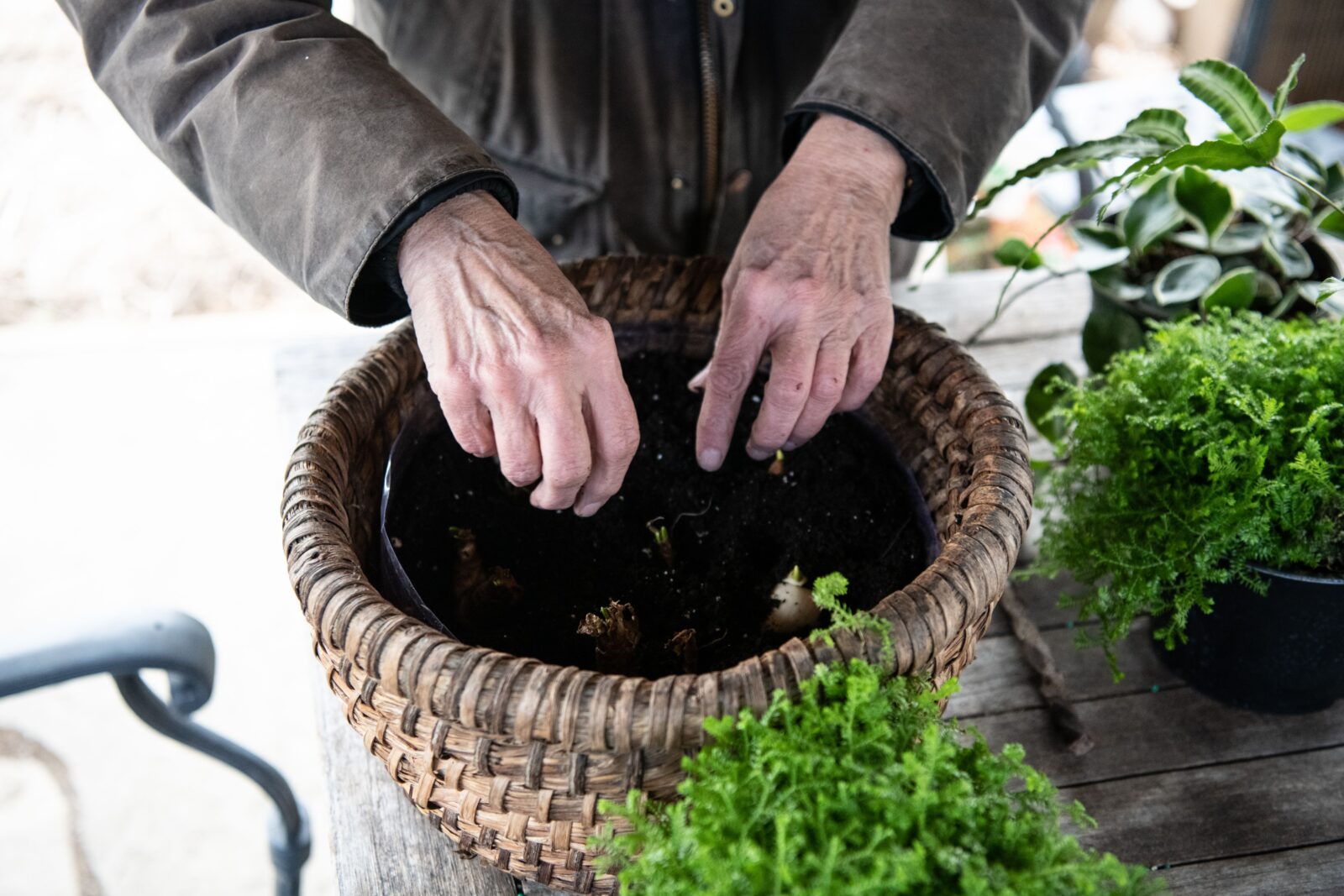
Written by Sarah Hickner
Spring is one of my favorite times of year. It’s the sunrise to a long night, the bright spot on the horizon, and the light at the end of the tunnel. The flowers bloom, the vegetables are planted, and the sun is a welcome warmth on my face. There is fresh hope and new life.
As a novice who has attempted to grow tomatoes, carrots, wildflowers, and even keep a baby cactus alive with zero success, I reached out to some local experts to ask how to best prepare our gardens for a successful spring. Jenn Pineau from Nature Composed explained that failure is just part of the process. It’s all about getting out there with dirt under our nails and interacting with nature. By that logic, it hasn’t just been five years of failed tomatoes. It’s been five years of practice, spending time with worms and sunshine, and learning what wasn’t fruitful. When I asked her how we could get ready for spring, her eyes lit up. “First you need cardboard.”
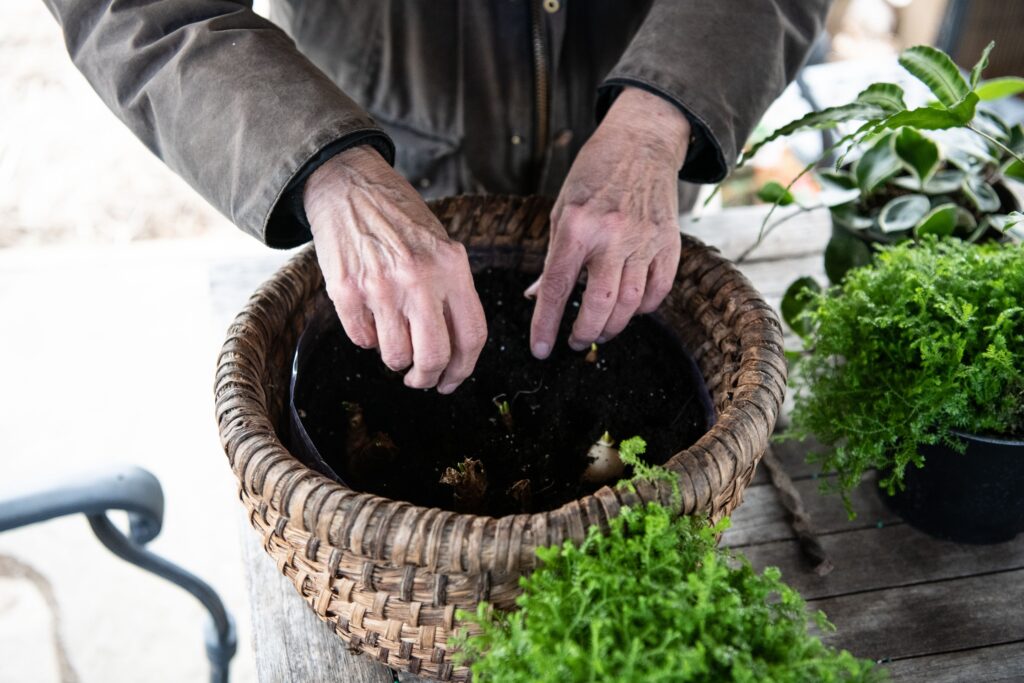
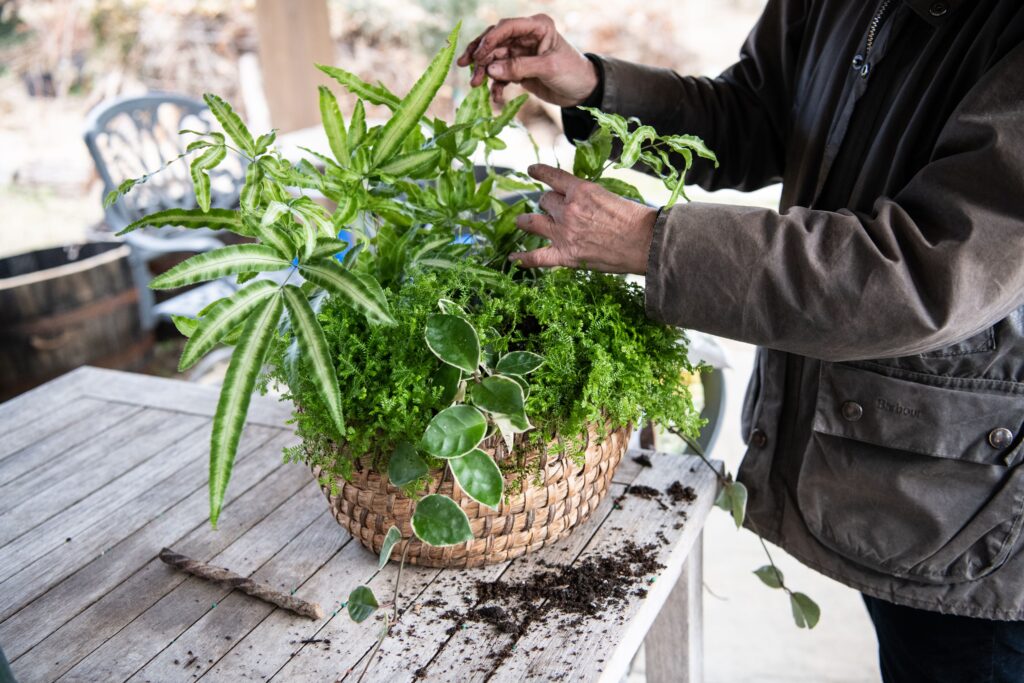
I looked at her, a bit confused. My grandparents ran the garden club in Jackson, Mississippi, maintained the flowerbeds at our church, and always had the most beautiful displays of manicured nature at their home. There was never cardboard involved, at least that I saw. But, Pineau is the expert, so I decided to roll with it. An hour later I started collecting all the cardboard boxes in my house to attempt Pineau’s recommended process for preparing a garden.
Nature Composed practices permaculture gardening. The goal is to leave and even use the life in the soil instead of killing it or scaring it away by tilling the land. Pinneau recommends these four basic steps to get the process started:
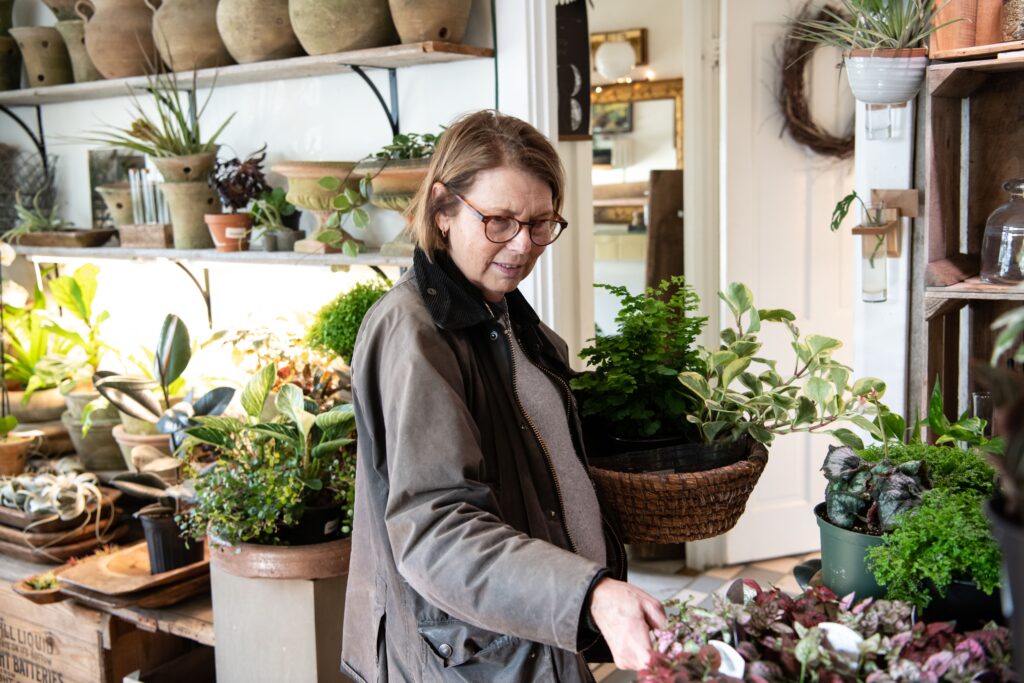
- Use a broadfork to aerate the soil.
- Gather cardboard — corrugated is best — and soak it in a kelp solution or manure water. Don’t have either? Call up your neighbor with livestock and ask to relieve them of some of their manure. They’ll likely be happy for you to come scoop some up and take it away.
- Lay the soaked cardboard over the area you aerated.
- Set bales of straw on top of the cardboard.
Over the course of a few weeks, the grass and plant life will be smothered. The manure draws worms to the area, which serve as excellent free labor for your garden. Once things have been allowed to sit anywhere from four weeks to several months, break up the straw bales and spread them out. Pineau recommends adding more layers to the soil now, alternating carbon and nitrogen, as well as wet and dry layers. For example, you could create layers of cardboard, fresh compost, straw, leaf litter, and even plants from last year’s garden.
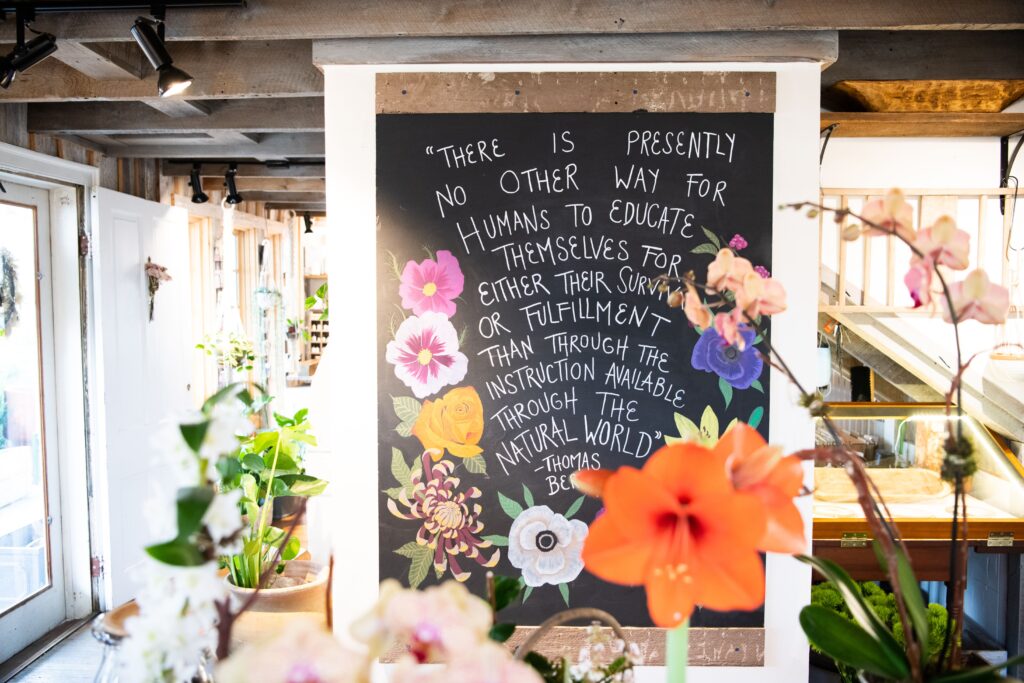
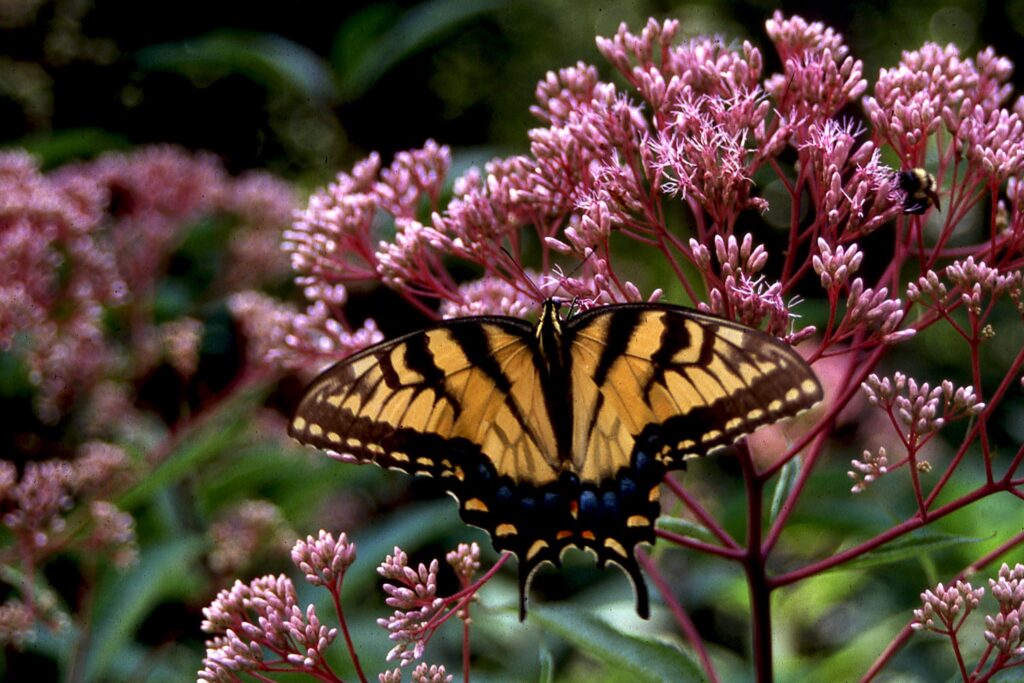
Ready to plant? John Magee, host of The Native Plant Podcast as well as president of award-winning Magee Design in Middleburg, has several tips. “Think about the birds and the bees — 80% of our native songbirds don’t come to bird feeders. If you want to help them out, plant a good selection of native plants. Native plants help our native pollinators as well and it’s always good to give bees a chance.”
Magee also recommends starting your own compost pile. You will probably never compost enough for an entire yard, but you’ll reduce waste sent to landfills while creating a nutrient-rich mix for your potted plants and small garden areas. Speaking of yards, “Reduce your lawn,” Magee says. “Lawns are one of the most time-consuming and pollutant-producing parts of our landscape. Set a plan to reduce your lawn by at least 10% each year and you’ll be reducing your carbon footprint while beautifying your home.”
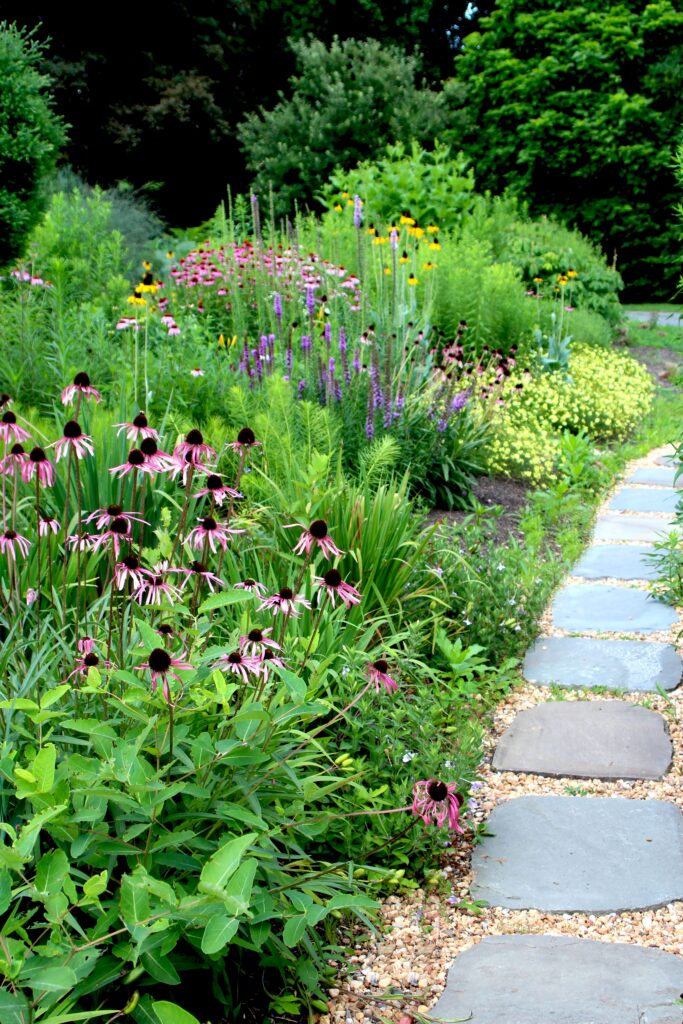
A few more tips I got from Magee and Pineau:
To help dissuade pests in your garden, try cluster planting and experiment with placement. Growing strong smelling herbs can dissuade a lot of the bugs and animals that love to dine on your hard work. Also, flowers and food are best grown together.
If you want to attract butterflies, have a mud puddle!
Don’t forget ergonomics. No one wants to spend the most beautiful part of the year stuck in bed because of aches and pains. Use tools correctly, take breaks, be careful not to overdo it, and drink lots of water.
Lastly, have fun. Whether your tomato plant provides enough fruit for one BLT sandwich, or keeps the entire neighborhood fed, it’s really about finding joy in the process and getting closer to nature. ML
For more help with gardening, stop by Nature Composed in downtown Middleburg, or visit NatureComposed.com. They will be offering classes in the spring that will be announced on their website.
Learn more about native plants and gardening with John Magee’s The Native Plant Podcast, nativeplantpodcast.com
This article first appeared in the March 2022 Issue.


